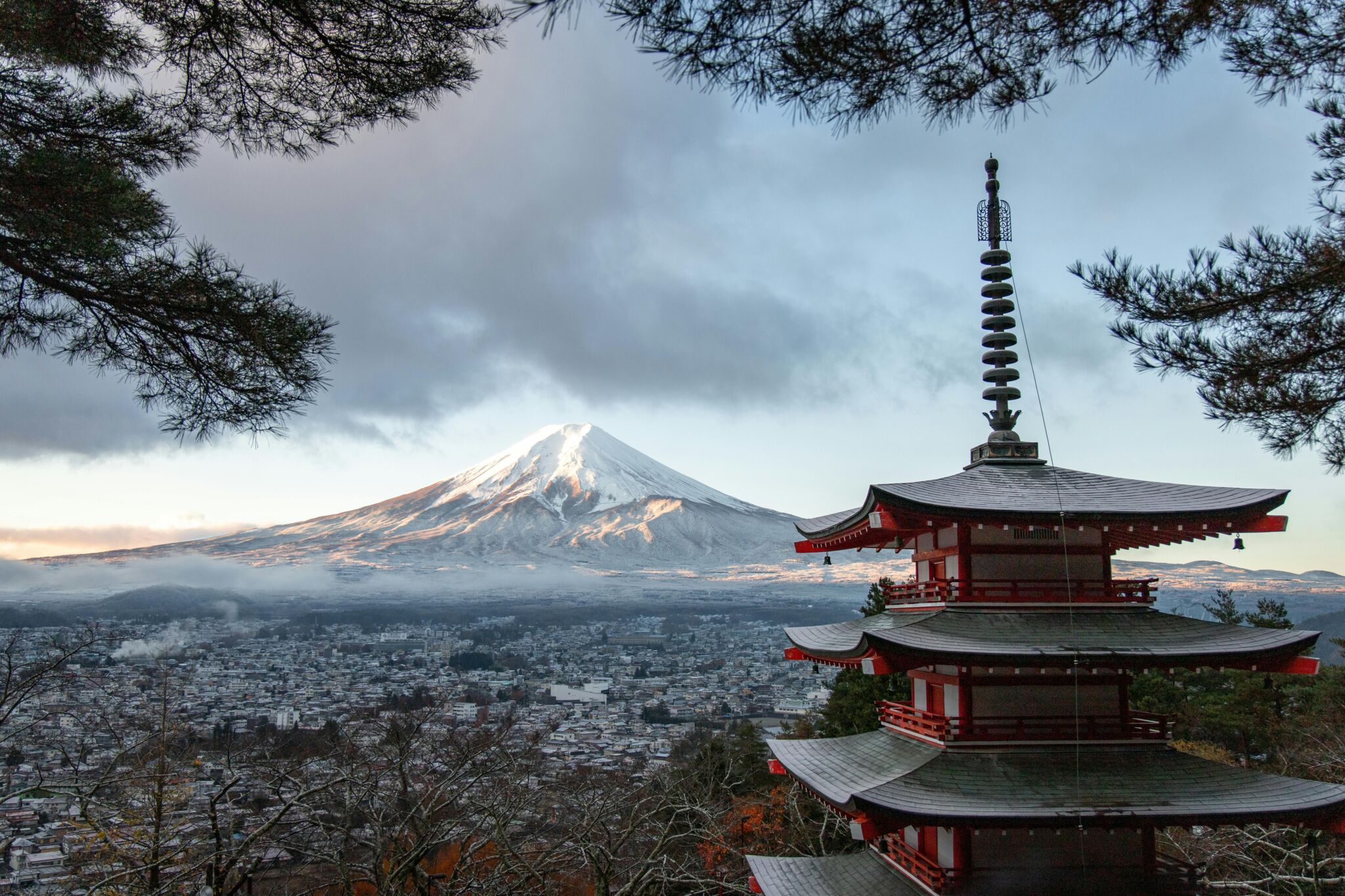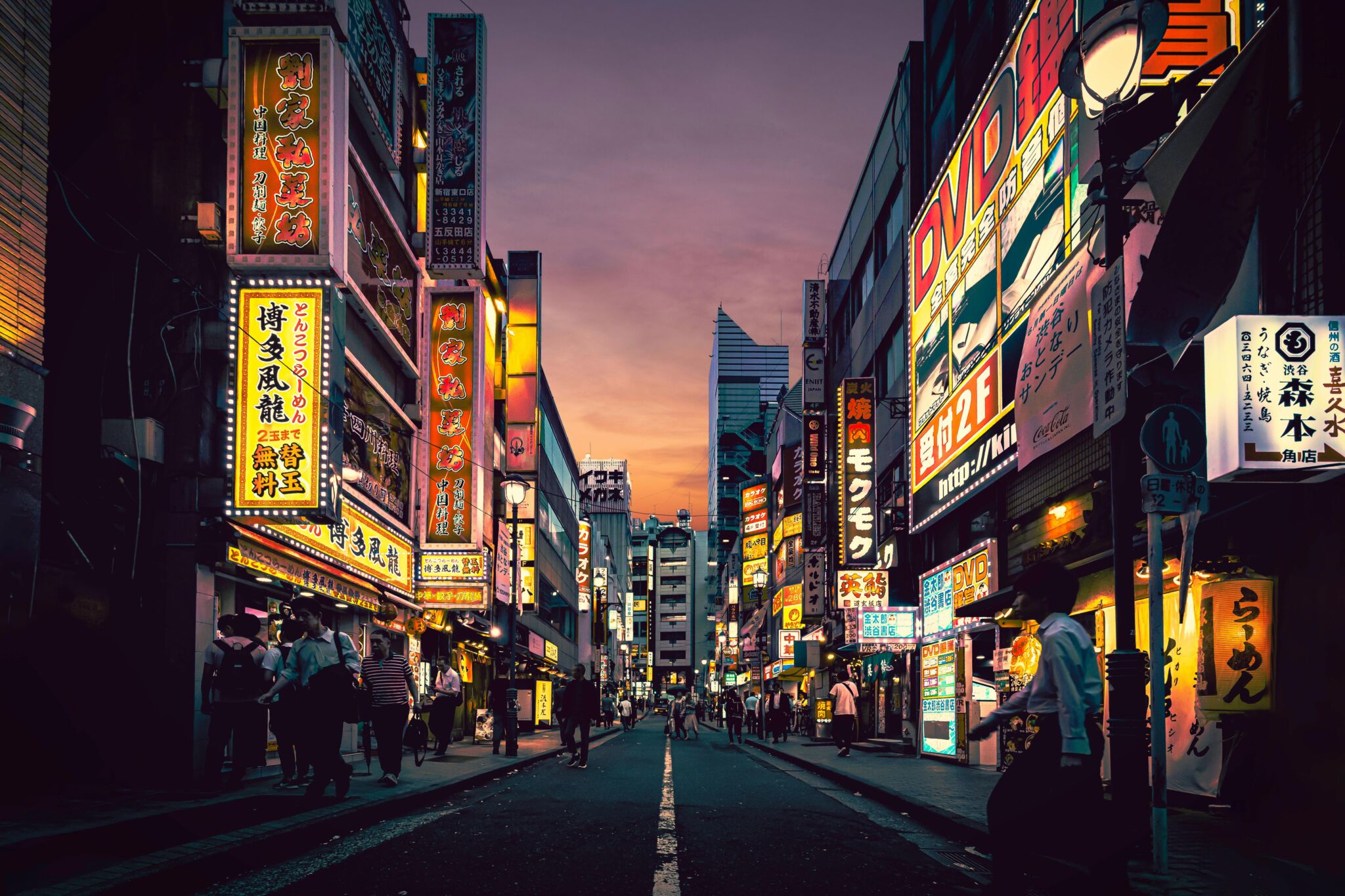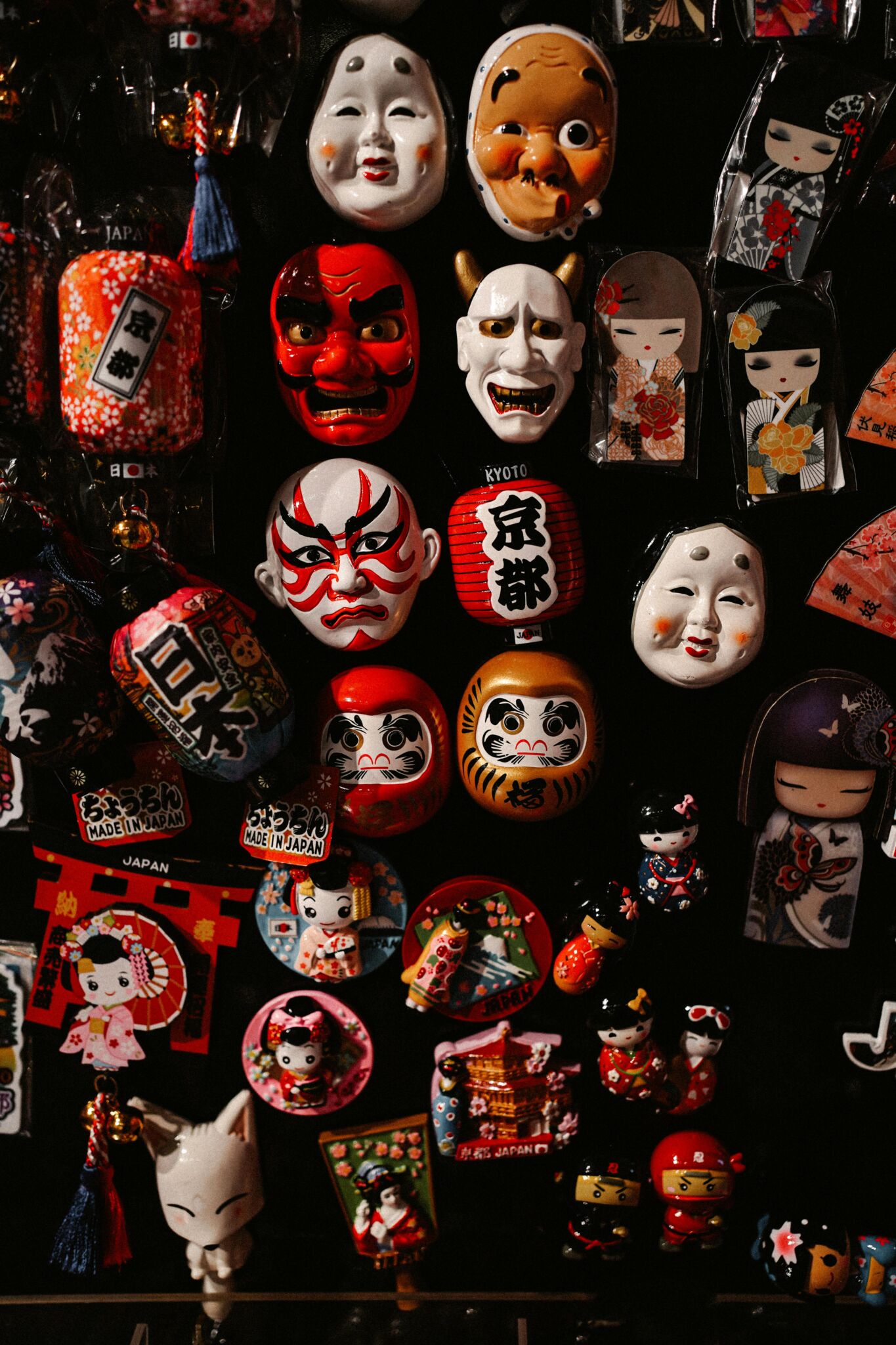Journey to Japan
How the Land of the Rising Sun points the way to yourself

In Japan, every impression – whether it’s a stroll through a rock garden or a visit to a Shinto shrine – fills the traveler’s heart with a special, deeply personal meaning. Here, rapid progress and centuries-old traditions coexist in one space. At the same time, an atmosphere of harmony and balance reigns both in the bustling rhythm of megacities and in the unhurried daily life of the provinces. For many travelers, a trip to Japan becomes more than just an acquaintance with culture: it turns into a practice of an inner journey – a search for personal meaning, the desire to savor every moment of life, and the ability to notice beauty in the everyday.
The ELLE O’zbekiston editorial team shares how to plan a trip to Japan that not only immerses you in the country’s culture but also helps you discover yourself.
The Land of the Rising Sun
For centuries, Japan lived in isolation: until the mid-19th century, it was closed to the outside world, and the Japanese carefully preserved their traditions and way of life, protecting their culture from foreign influence. This path allowed the country to maintain a unique identity and a distinctive lifestyle, which still stands out even compared to nations with similar mentalities. But after opening its borders, Japan began to change rapidly: the Japanese eagerly embraced Western technologies in all areas of life, while continuing to honor memory and ancient customs. Today, Japan is one of the world’s most advanced countries, where futuristic cities exist side by side with tranquil temples, and innovation naturally coexists with millennia-old rituals. 
A multifaceted culture
Japan dazzles with contrasts: in a single day, you can visit an ancient Shinto shrine and, just a few blocks away, find yourself among vibrant storefronts devoted to anime and pop culture. Traditional tea ceremonies coexist with ultra-modern gastronomy, while centuries-old crafts stand alongside concerts starring not musicians but holographic pop idols. This layering is what makes Japanese culture unique: it unites past and future, the rigor of ritual and the ease of entertainment, minimalism and vibrant expression. Here lies the magic of Japan’s astonishing blend of absolute freedom and flawless order – a balance that captivates travelers from all over the world. 
10 must-see places in Japan
A journey through Japan is always a meeting of fascinating contrasts. Here are ten places that reveal the country in all its diversity:
- Tokyo
The dazzling capital of Japan, where the future intertwines with tradition. Here you can admire the majestic Imperial Palace, dive into the Shinjuku district with its glittering skyscrapers, bustling streets, and vibrant nightlife, or immerse yourself in Akihabara’s world of anime shops and quirky themed cafés. For lovers of classical culture, the Kabuki-za Theatre offers performances in the finest traditions of the ancient kabuki art. In Tokyo, everyone will find something to fall in love with – from cutting-edge technology to the timeless beauty of tradition.
- Kyoto
The ancient capital, home to more than a thousand temples and gardens. The spirit of traditional Japan can be felt in every corner – from the historic streets of Gion to teahouses and bamboo groves. Kyoto is especially beloved in spring, during the ethereal cherry blossom season, and in late autumn, when the fiery red maples transform the city into a living masterpiece.
- Nara
A city famed for its majestic temples and a park where sacred deer roam freely. According to legend, they are considered messengers of the gods of the Kasuga Taisha Shinto shrine. Today, more than a thousand of these gentle creatures can be found in Nara Park – strolling along the paths, approaching visitors, and even “bowing” back when you bow to them.
- Hiroshima
A place that symbolizes both tragedy and rebirth. The Peace Memorial Park and museum serve as a reminder of the past, while the modern city thrives with resilience and hope.
- Osaka
The third-largest city in Japan, often called the “nation’s kitchen.” Osaka is famous for its warm hospitality, vibrant street life, and culinary discoveries – this is the place to try authentic dishes such as Takoyaki (savory octopus-filled batter balls).
- Nikko
A small town with breathtaking landscapes and ancient Shinto shrines listed as UNESCO World Heritage sites. Nikko is also home to a National Park with mountains, hot springs, lakes, and waterfalls. Among the highlights are the majestic Kegon Falls – one of Japan’s tallest – and the iconic Lake Chuzenji.
- Okinawa
A tropical paradise of Japan, blessed with turquoise seas, coral reefs, and a unique culture. The islands’ atmosphere feels strikingly different from mainland Japan.
- Mount Fuji
The nation’s most iconic symbol, a sacred mountain that has become synonymous with Japan itself. Whether you climb Mount Fuji or simply admire its majestic form from afar, the experience leaves an unforgettable mark on every traveler.
- Hokkaido
Hokkaido – Japan’s northernmost island, distinct in both climate and culture. Unlike the dense cityscapes of Tokyo or Osaka, Hokkaido offers vast open spaces, pristine air, and untouched natural beauty. The island is famous for its hot springs and world-class ski resorts, making it a true paradise for winter sports enthusiasts.
- Kamakura
The city of samurai and ancient temples – here stands the famous Great Buddha statue, a symbol of serenity and wisdom. The city’s tranquil atmosphere, filled with centuries-old shrines and peaceful pathways, makes it the perfect destination for meditation and leisurely strolls. 


